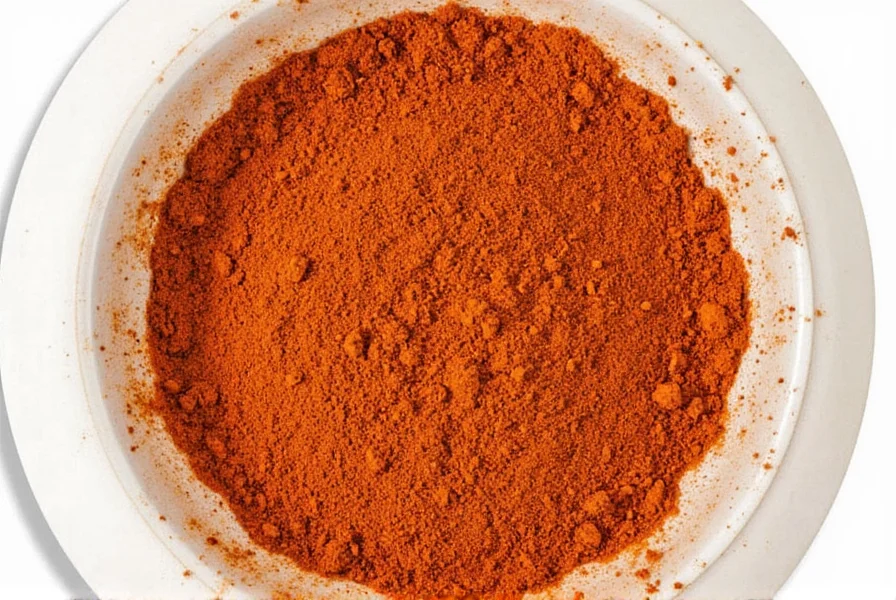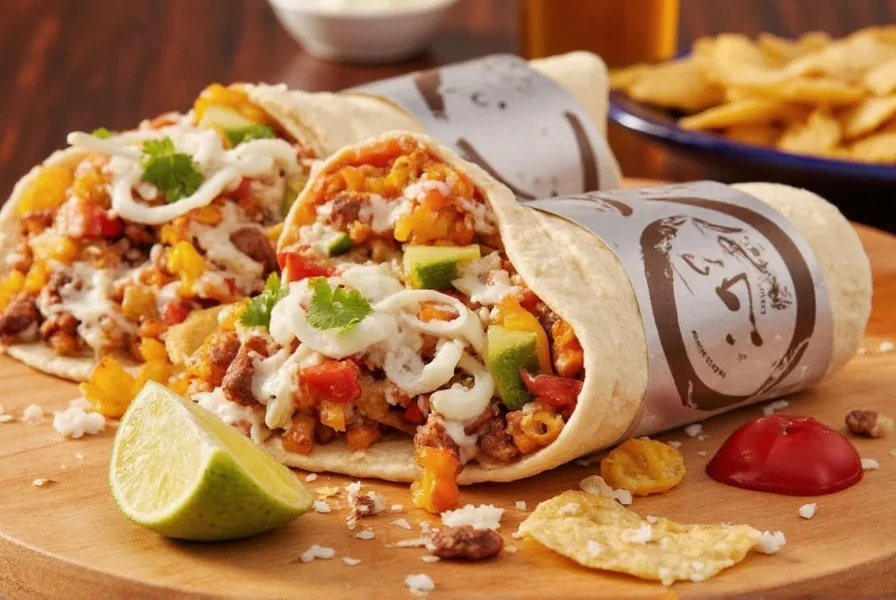Introduction
Chipotle (pronounced chi-POHT-lay) means "smoked chili" in English. It specifically refers to a smoked and dried jalapeño pepper used in Mexican and Tex-Mex cuisine. The term originates from the Nahuatl language of the Aztecs.
Despite the name, the restaurant chain Chipotle Mexican Grill does not prominently feature chipotle peppers in its menu. The name was chosen to reflect authentic Mexican ingredients, but the restaurant is more known for its burritos and bowls than for chipotle-based dishes.

The Etymology of Chipotle
The word "chipotle" comes from Nahuatl — the language of the Aztecs — and translates to "smoked chili." Specifically, it refers to a smoked, dried jalapeño pepper.
| Term | Meaning |
|---|---|
| Chipotle | Smoked chili (usually jalapeño) |
| Jalapeño | Fresh green chili |
| Adobo | Vinegar-based sauce with garlic, tomatoes, and spices |
What Does Chipotle Taste Like?
Chipotle offers a distinct earthy, smoky, slightly sweet, and moderately spicy flavor profile. The heat level varies depending on preparation method.
| Pepper | Scoville Heat Units (SHU) | Taste Profile |
|---|---|---|
| Chipotle Powder | 2,500–8,000 SHU | Smoky, earthy, spicy-sweet |
| Chipotle in Adobo | 3,000–10,000 SHU | Rich, tangy, with a kick |
| Jalapeño (Fresh) | 2,500–5,000 SHU | Grassy, crisp, mildly spicy |

Where Is Chipotle Used in Cuisine?
Chipotle is a key ingredient in Mexican and Tex-Mex cuisines, adding smoky depth to dishes like:
- Chipotle aioli
- Smoked tomato-chipotle soup
- Adobo-marinated grilled chicken

FAQ: Chipotle Meaning in English
What is the chipotle meaning in English?
"Chipotle" means "smoked chili" in English, specifically referring to a smoked, dried jalapeño pepper used in Mexican cuisine.
How do you pronounce 'chipotle'?
Chipotle is pronounced "chi-POHT-lay" (IPA: tˈɪɑˈpɔtɥeɔ). The emphasis is on the second syllable.
Is Chipotle Mexican Grill related to the chipotle pepper?
Yes, the restaurant chain is named after the chipotle pepper, but its menu doesn't prominently feature chipotle peppers. The name reflects their focus on authentic Mexican ingredients.
How hot is chipotle compared to other chilis?
Chipotle ranges from 2,500–10,000 Scoville units, making it hotter than mild peppers like poblanos but less intense than habaneros or ghost peppers.
Conclusion
Chipotle means "smoked chili" in English and refers to a smoked jalapeño pepper. Its distinctive smoky flavor and moderate heat make it a versatile ingredient in Mexican and Tex-Mex cuisine.











 浙公网安备
33010002000092号
浙公网安备
33010002000092号 浙B2-20120091-4
浙B2-20120091-4